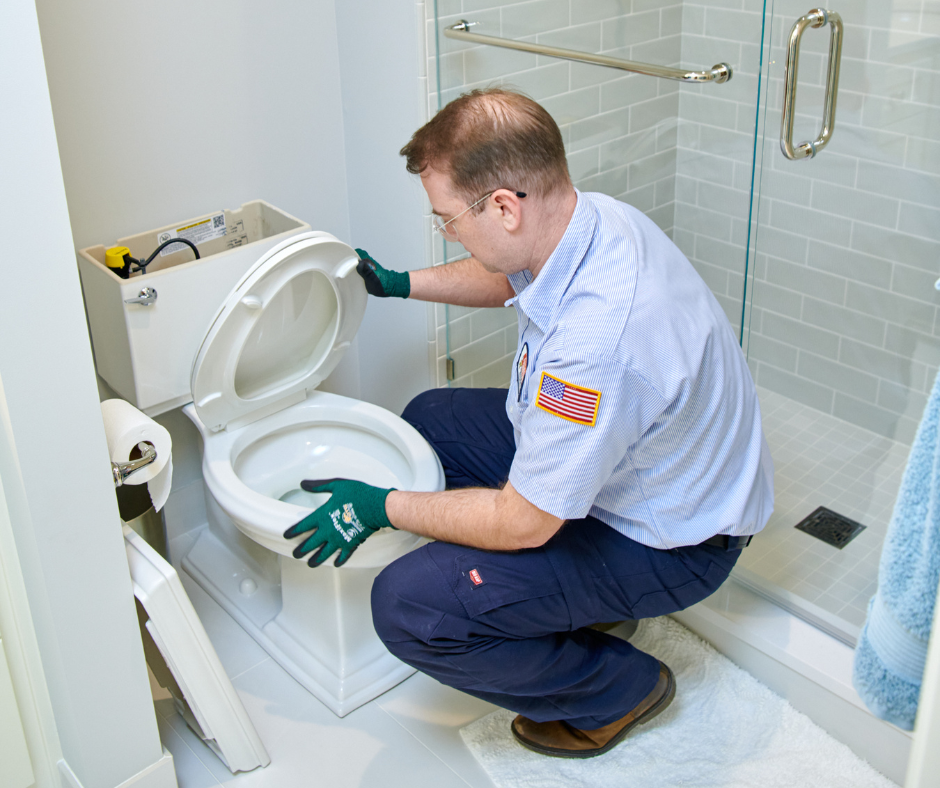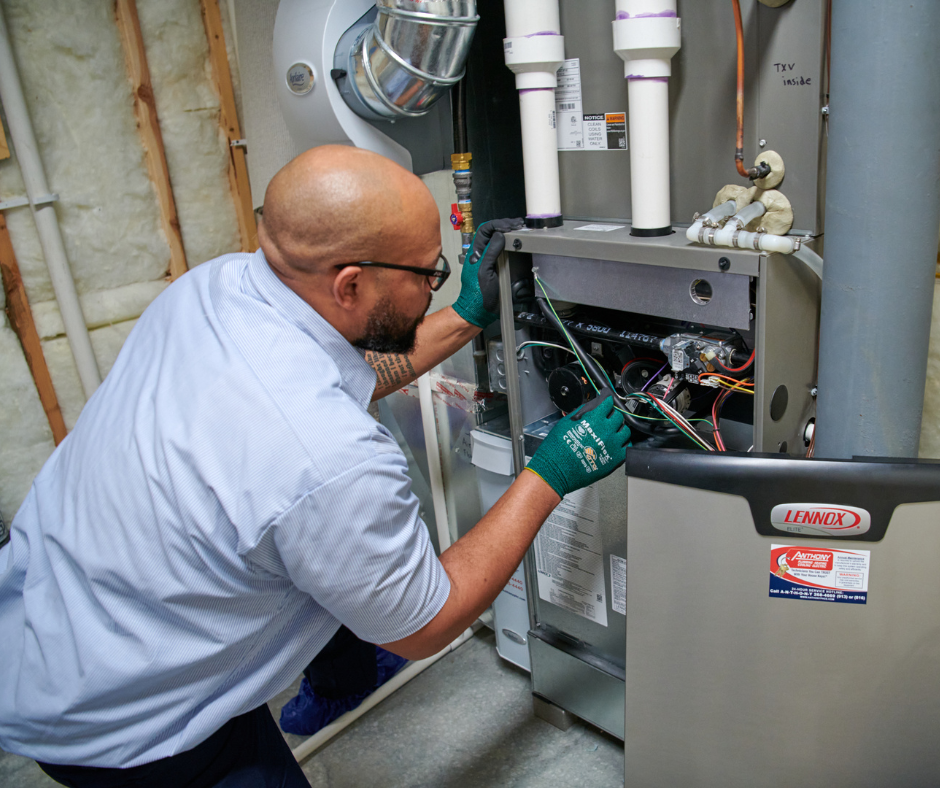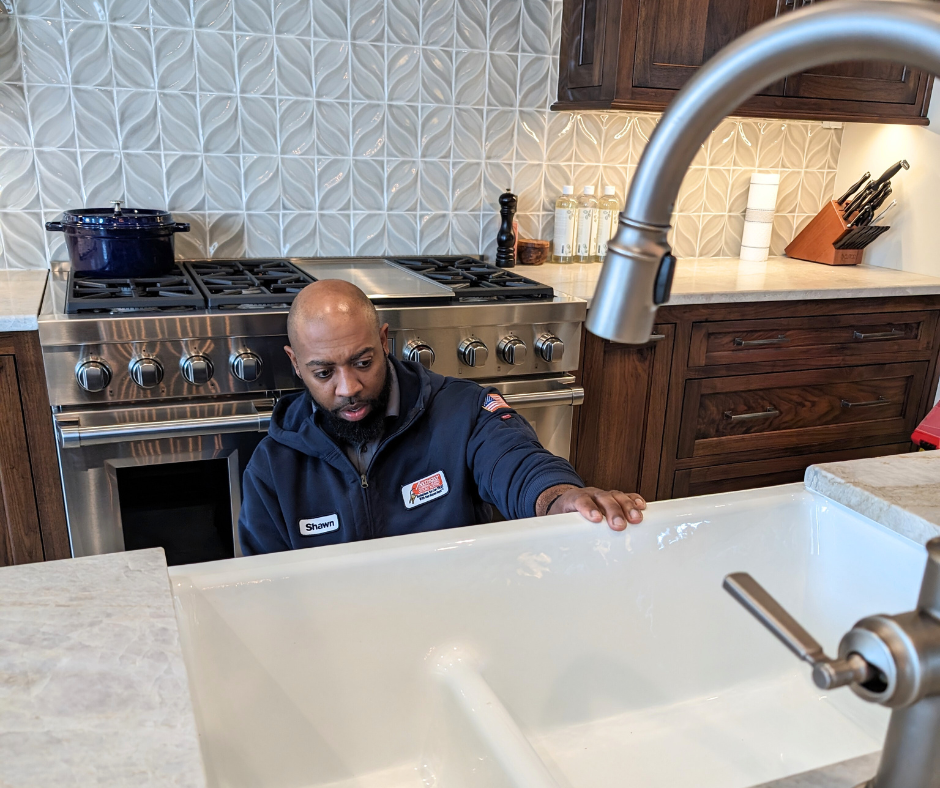BLOG
How Often Do You Need To Rewire A House?

Rewiring a house is a significant task that is often overlooked until issues arise. Ideally, a home should be rewired every 30 to 40 years. This process is crucial for maintaining the safety and functionality of your electrical system. Let’s explore why keeping your home’s wiring up-to-date is so important.
Regular Rewiring for Safety
Learning about the wiring in your home is a crucial step in maintaining its overall safety and functionality, especially in older homes with outdated wiring systems. Here’s a detailed look at why regular rewiring is important:
Safety Concerns with Old Electrical Wiring:
- Preventing Electrical Fires: The primary risk in older homes is the danger of electrical fires caused by outdated wiring, like knob and tube wiring or aluminum wiring. As these old systems age, they can overheat, leading to a high risk of fire. Rewiring replaces dangerous old wires with new, safe ones.
- Avoiding Electrical Shocks: Old, worn-out wiring can result in exposed or frayed wires. This increases the risk of electric shocks, which can be hazardous. Regular rewiring ensures all wires are safely insulated and pose no threat.
- Handling More Appliances: Nowadays, we use a lot more gadgets and appliances than older homes were designed to handle. This increased load can be too much for old wiring systems, leading to potential safety hazards.
- Reducing Short Circuits and Power Outages: Older wiring is more likely to cause short circuits, which can lead to frequent power outages and potentially damage your electronic devices.
Identifying Common Electrical Issues in Older Homes:
- Flickering Lights: One sign of faulty wiring is flickering or dimming lights, indicating an unstable power supply.
- Burning Smell: A clear warning sign is a burning smell, which can signal an electrical fire caused by overheated wires.
- Faulty Outlets and Light Switches: Outdated or damaged outlets and switches are not just an inconvenience but also a safety hazard.
The Benefits of Rewiring Your Home:
Rewiring your home brings numerous advantages:
- Enhanced Safety: The most crucial benefit is the assurance that your home is safe from electrical hazards like fires and electric shocks.
- Improved Functionality: New wiring can increase the overall efficiency of your electrical system, reducing problems like glitches and interruptions.
- Preparation for Future Needs: Rewiring prepares your home for future technology, ensuring it can handle newer appliances and gadgets.
- Increase in Home Value: A home with updated wiring is more attractive to potential buyers, as it meets modern safety and electrical standards.
Considerations for a Rewiring Project:
- Cost of Rewiring: The cost to rewire a house varies depending on the size and age of the home. Generally, it’s charged per square foot.
- Project Duration: The time it takes for a rewiring project depends on the extent of the work. It can range from a few days to several weeks.
- Selecting the Right Wiring: It’s a good idea to choose wiring that meets current safety standards and is suitable for your home’s needs.
Rewiring is a critical aspect of home improvement, especially in older homes. It addresses various safety issues, enhances the functionality of your electrical system, and adds value to your property. Regular rewiring is a proactive step to ensure your home remains safe, efficient, and ready for the future.
How Long Does It Take To Rewire A House?
The time it takes to rewire a house varies. A complete whole-home rewiring can take anywhere from a few days to a few weeks, depending on the house’s size and the wiring’s complexity. The process involves replacing old wires, installing new sockets, and ensuring everything meets current electrical codes.
Partial Home Rewiring Options
If you’re not ready for a complete home rewiring, there are specific areas you can focus on. Rewiring parts of your home can still greatly improve safety and functionality. Here are some key areas to consider:
- Kitchen and Bathroom: These areas often have many appliances and need strong, safe wiring. Upgrading the wiring in these rooms can help handle the electrical load and reduce the risk of hazards.
- Ceiling Fans: Old ceiling fans might have outdated wiring. Rewiring them ensures they operate safely and efficiently, especially if you’re installing new, modern fans.
- Light Switches and Outlets: Over time, switches and outlets can wear out. Rewiring them can prevent electrical shocks and ensure they work correctly. This is particularly important for areas where you use many electronic devices.
- Outdoor Lighting and Outlets: Exterior lights and outlets are exposed to the elements and can degrade faster. Rewiring these can enhance safety, especially in wet conditions.
- Home Office or Entertainment Areas: With more gadgets like computers, TVs, and game consoles, these areas can benefit from updated wiring to handle the increased electrical demand.
- Garage and Workshop Areas: If you use power tools or charge electric vehicles, upgrading the wiring in your garage or workshop is a smart move. It ensures these high-power devices run safely.
- Older Sections of the House: If your home has an older wing or section, rewiring that specific area can be a good start. This targets the most vulnerable parts of your electrical system.
By focusing on these specific areas, you can improve your home’s electrical safety and functionality without the need for a full-scale rewiring project. This approach allows you to prioritize the most crucial areas and spread the cost and effort over time. Remember, even partial rewiring can make a big difference in the safety and efficiency of your home’s electrical system.
Choose Anthony Plumbing, Heating, Cooling, & Electric: Wiring and Rewiring Services
Is your home overdue for rewiring? Don’t wait for electrical issues to remind you of the importance of up-to-date wiring. Anthony Plumbing, Heating, Cooling, & Electric offers comprehensive wiring and rewiring services to ensure your home is safe, functional, and ready for the future.
Contact us today, and take the first step towards a safer, more reliable electrical system in your home.




